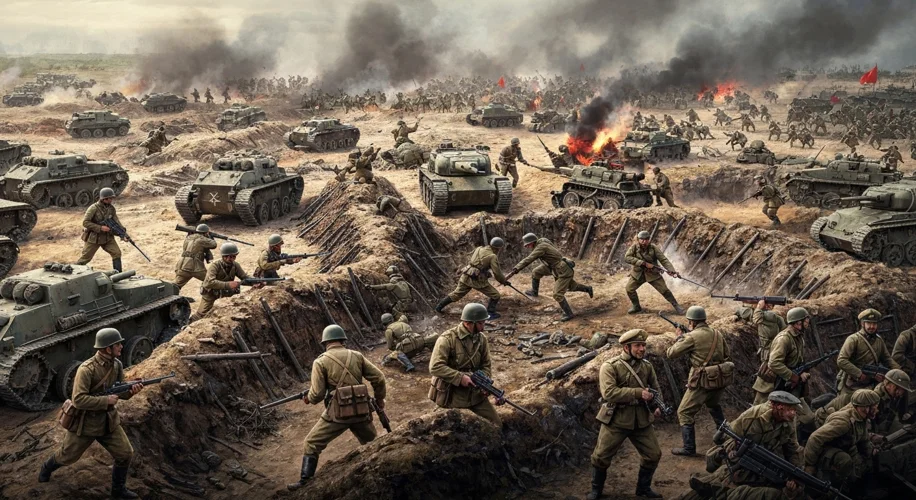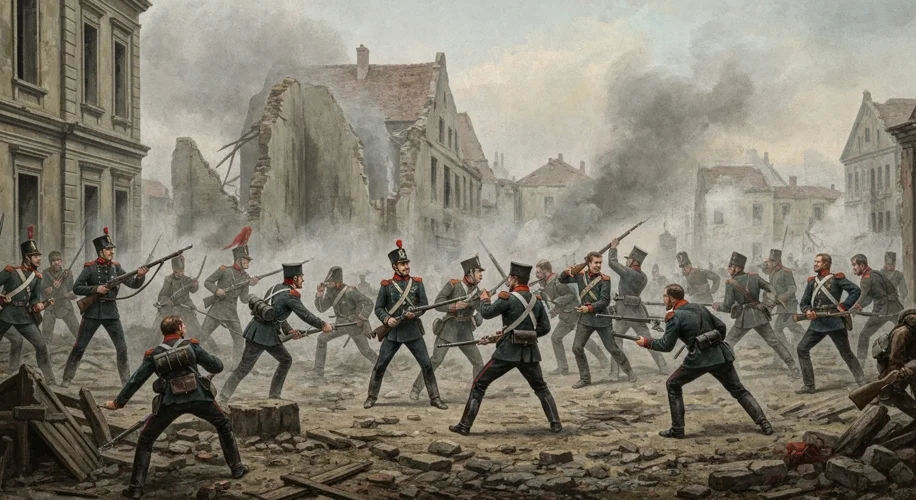The storm clouds of civil war often obscure the horizon, casting long shadows of uncertainty over a nation. But for the ambitious and the opportunistic, these internal struggles can present a golden opportunity – a chance for foreign powers to swoop in, not as peacemakers, but as predators.
The annals of history are replete with instances where a nation, already tearing itself apart from within, finds itself subjected to the unwelcome attentions of external forces. These interventions, driven by a complex web of motivations ranging from strategic advantage to ideological solidarity, have repeatedly altered the trajectory of civil conflicts, leaving indelible marks on the nations involved and the global order.
One of the most compelling and tragic examples of this phenomenon is the Russian Civil War (1917-1922). Following the Bolshevik Revolution, Russia descended into a brutal internal conflict between the Red Army (Bolsheviks) and the White Army (anti-Bolsheviks), a struggle that was further complicated by numerous nationalist movements and foreign intervention. The Allied Powers, particularly Britain, France, the United States, and Japan, sent troops and supplied arms to the White forces. Their motivations were varied: a desire to restart Russia’s involvement in World War I against Germany, fear of the spread of communism, and protection of their own economic interests.

The presence of these foreign contingents, while intended to bolster the anti-Bolshevik cause, ultimately proved to be a double-edged sword. For the Bolsheviks, the intervention became a potent propaganda tool, rallying nationalist sentiment against the foreign “invaders” and solidifying their own control. They framed the Whites as pawns of imperialist powers, a narrative that resonated with many ordinary Russians weary of war and foreign interference. The Allied intervention, fragmented and lacking a cohesive strategy, ultimately failed to dislodge the Bolsheviks. Instead, it prolonged the agony of the war and contributed to the widespread devastation and famine that gripped Russia.
Another pivotal historical episode that illustrates this dynamic is the Spanish Civil War (1936-1939). While not a direct invasion in the same vein as the Russian example, it saw significant foreign intervention that profoundly shaped its outcome. The Nationalist forces, led by Francisco Franco, received crucial military support from Nazi Germany and Fascist Italy, including aircraft, tanks, and troops. This assistance was instrumental in their eventual victory.
On the other side, the Republican government received aid from the Soviet Union and international volunteers who formed the International Brigades. Germany’s intervention, in particular, served as a testing ground for new military tactics and equipment that would soon be deployed in World War II. The bombing of Guernica by German aircraft, an event immortalized by Picasso, remains a chilling testament to the brutality of this foreign involvement and its devastating impact on civilians.

The motivations behind German and Italian support for Franco were clear: the desire to establish a friendly regime in Spain, thereby weakening France and gaining a strategic ally in Europe. For the Soviet Union, it was about supporting a fellow leftist government and countering the rise of fascism. The involvement of these external powers transformed the Spanish Civil War into a proxy conflict, a prelude to the larger global conflagration that was to come.
These interventions highlight several recurring themes. Firstly, the motivations are rarely purely altruistic. Strategic, economic, and ideological considerations almost always play a significant role. Foreign powers often see a civil war as an opportunity to expand their own influence, secure resources, or prevent a rival from gaining an advantage. Secondly, foreign intervention can significantly alter the course of a civil war. It can tip the balance of power, introduce advanced weaponry, and prolong the conflict, often at a terrible cost to the civilian population.
Finally, the long-term consequences are profound. For the invaded nation, the intervention can lead to a protracted and more destructive conflict, deepens societal divisions, and can result in a foreign-imposed political settlement. The intervening powers, too, may find themselves embroiled in conflicts that are more costly and complex than initially anticipated, potentially facing blowback and unintended consequences.
The echoes of these historical interventions serve as a stark reminder that the internal struggles of a nation can rarely be contained within its own borders. When civil war erupts, the international community often watches, and sometimes, it intervenes, with consequences that ripple through history, shaping the destinies of nations and the global landscape for generations to come.

